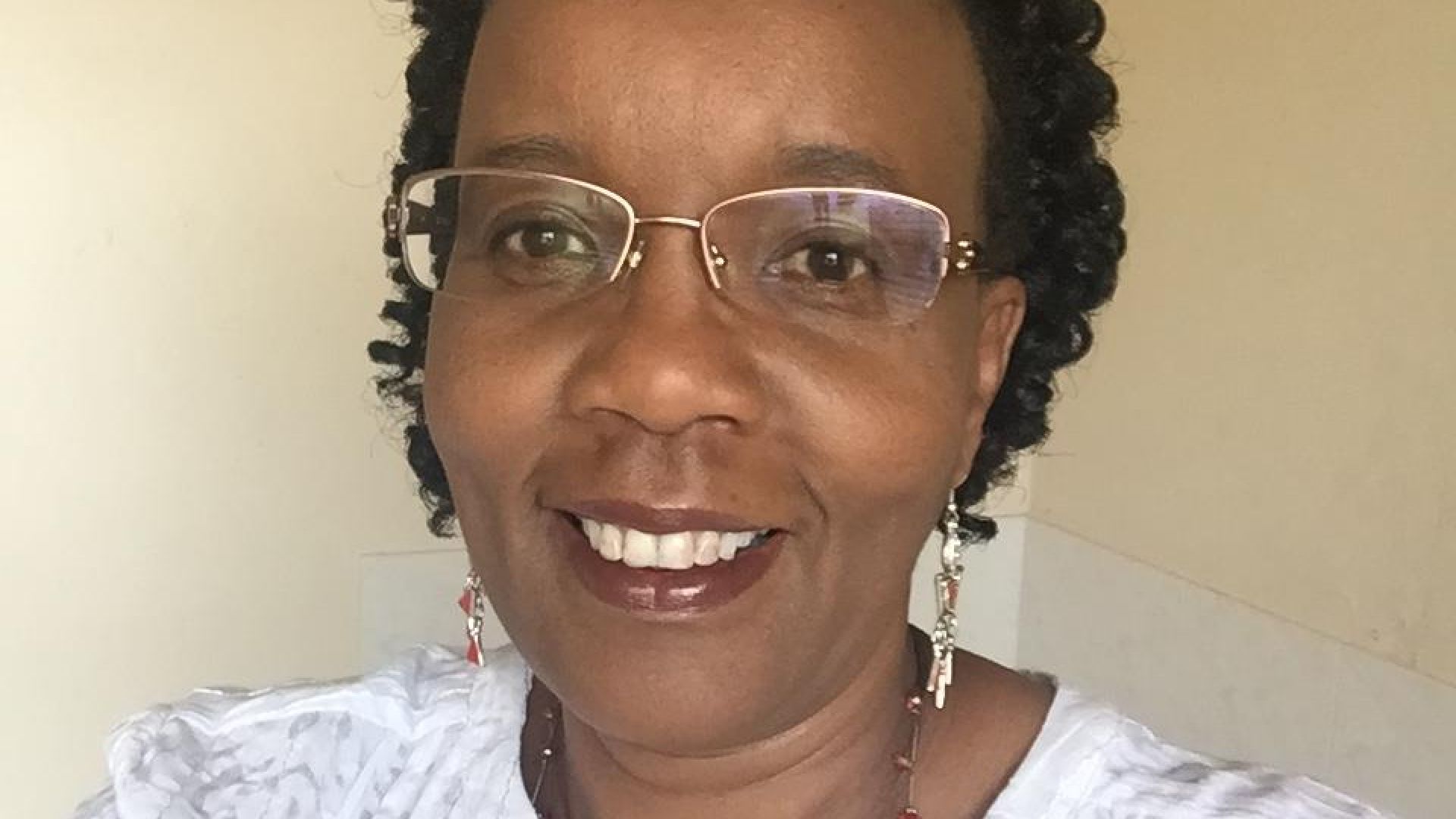
As part of our series to look at the stigma of palliative care in Africa, we interviewed Dr. Esther Munyoro, the head of the Pain and Palliative Care Unit in in Kenya National Referral Hospital (aka Kenyatta National Hospital)
GIPPEC: What inspired you to work in palliative care?
Dr. Munyoro: I was inspired to start the unit after suffering a lot as I tried to navigate my father through treatment of cancer of the oesophagus. I had just returned from Britain and seen the things could be done so much better. I went and complained to my head of department who allowed me to go and complain to the management. I have received incredible support in the last almost ten years that has seen the unit grow. Read Dr. Munyoro's full story.
GIPPEC: Recent research shows that there is a strong stigma/misguided beliefs attached to palliative care, with patients often linking it to death, dependency and hopelessness. As a palliative care specialist, have you witnessed any stigma associated with palliative care in your practice?
Dr. Munyoro: I must agree that palliative care is strongly associated with death, dependency and hopelessness. Our unit has worked very hard to remove that stigma/misguided belief. The first thing we did was to change the name of the unit to Pain and Palliative Care. Secondly we have a rule of not discussing death until we have an established relationship with the client. However, we do get consultation that asks we discuss death.
When we started and even now, we look for quality of life issues directly from the patients and address them however minor they seem. I remember the nurses having to bath patients with warm water and cut hair and beards because that was the patients’ greatest desire. I even had a young girl who wanted a manicure and pedicure so that her nails looked as nice as mine.
What has now happened is we get asked to be team members in many hospital projects where quality of life is an issue. That leads to the surgeons supporting us in starting a nurse led Stoma/Wounds and Continence service. We have also recently started a navigation program in the Cancer Treatment Centre. The use of morphine is also associated with end of life and we work hard to educate both healthcare givers and the public. One of the places that has helped reduce stigma associated with the use of morphine is the Burns Unit that has received our pain lectures well and has started the use of morphine and gabapentin widely.
GIPPEC: How do family members and patients respond to palliative care? Do their views tend to be different?
Dr. Munyoro: Family members and patients also have the same view. However, they tend to change when they associate with our unit. We do sometimes have patients who refuse to be seen in our unit and will only come when they are very desperate. Many confess that they wish they had come earlier. A good example is a patient with bone metastasis who may not know that radiotherapy can be given for pain management. Another example is men who are on treatment for prostate cancer need family therapy due to intimacy issues with their spouses.
GIPPEC: What are some of the notable developments recently in integrating palliative care into the public health system? Which factor(s) do you see as the most important for expanding, improving, and integrating palliative care services (for example: advocacy, education and training, policy, public engagement, etc)?
Dr. Munyoro: I think to integrate palliative care into the public health system you need to first have the understanding and support of management. Secondly, you need continuous audits and research that identifies the issues so that you come up with solutions. The great thing is that you don’t need to reinvent the wheel so most problems found have happened in other places and you just need to read widely.
One of the best things in Kenya is that advocacy has been so strong that delivering Palliative care is on the performance contract of the Kenyan Cabinet Secretary of health. Policy is in place and the public is engaged through the Kenyan Network of Cancer Organisations (KENCO). I think that you must continuously educate healthcare giver and the public. Education must be done repeatedly because it takes very long for many to really appreciate palliative care.